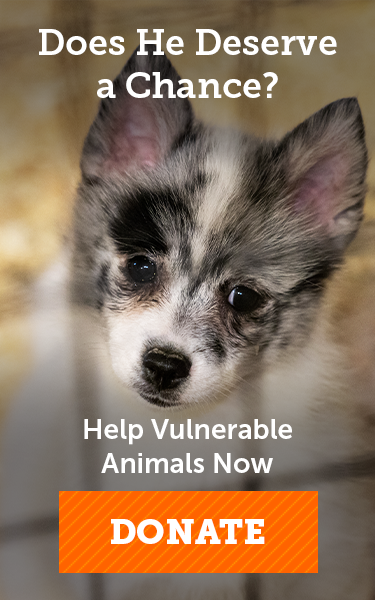
Fighting Cruelty with Forensics: Animal CSI Workshop with the ASPCA and University of Florida
Guest blog by Natasha Whitling, Senior Manager of the ASPCA’s Media & Communications team
A chorus of north Florida bugs buzzed loudly while an animal control officer from Baltimore methodically scraped thin layers of sandy earth out of a shallow “grave.” The soil was deposited in a plastic bucket then carefully carried to a sifter, where it would be examined for small evidence items like shell casings and bone fragments.
The officer was one of about ten participants from across the country that attended an Animal Crime Scene Workshop in Gainesville, Florida, last week. Under the guidance of Dr. Jason Byrd, Forensic Entomologist and Director of Education of the ASPCA/University of Florida Veterinary Forensic Sciences program, and Amanda Fitch, Forensic Analyst for the ASPCA/University of Florida Veterinary Forensic Sciences program, participants spent three days collecting evidence and excavating mock gravesites.
Lectures covered a range of topics, including how to properly secure a crime scene, the collection of entomological evidence, and determining time of death. When lectures were complete, participants would trek a mile into the dense pine and saw palmetto forest to apply their new skills to mock crime scenes with real animal remains.
Patience and precision are a forensic expert’s constant companions. From the first moment on a crime scene, each potential piece of evidence must be identified, marked and eventually collected and accounted for. Every step is taken with extreme care to not only identify relevant evidence but ensure that it is not contaminated or damaged in any way.
The workshop—and a companion week-long workshop called Bugs, Bones and Botany traditionally offered in October—has trained hundreds of veterinarians, law enforcement officials and animal welfare professionals in the proper way to process an animal crime scene. Participants take the skills they learned back to their home cities and use them to fight animal cruelty—some almost immediately.
“I had one student turn around and use what they learned the very next day when they returned home,” Dr. Byrd said. “This is a really valuable hands-on experience that you just can’t get anywhere else.”
The ASPCA Veterinary Forensic Sciences Program is the nation’s first such curriculum within an educational institution. It promotes the application of forensic sciences to veterinary medicine to aid in the understanding, prevention and prosecution of animal cruelty. Since the program was launched in 2009, the ASPCA has provided nearly $1.6 million in grant funding to develop these initiatives.
Members of the ASPCA’s forensic sciences team have provided invaluable assistance in numerous animal cruelty cases, including most recently overseeing evidence collection in a multi-state dog fighting investigation. Other notable cases include the rescuing of 175 dogs from a puppy mill in Hot Springs, Arkansas, and the removal of hundreds of fighting roosters in Fort Myers, Florida.
To learn more about animal CSI, read our Anatomy of an Animal Crime Scene.
